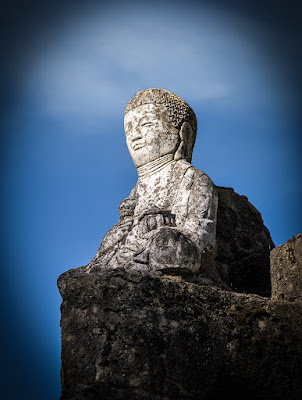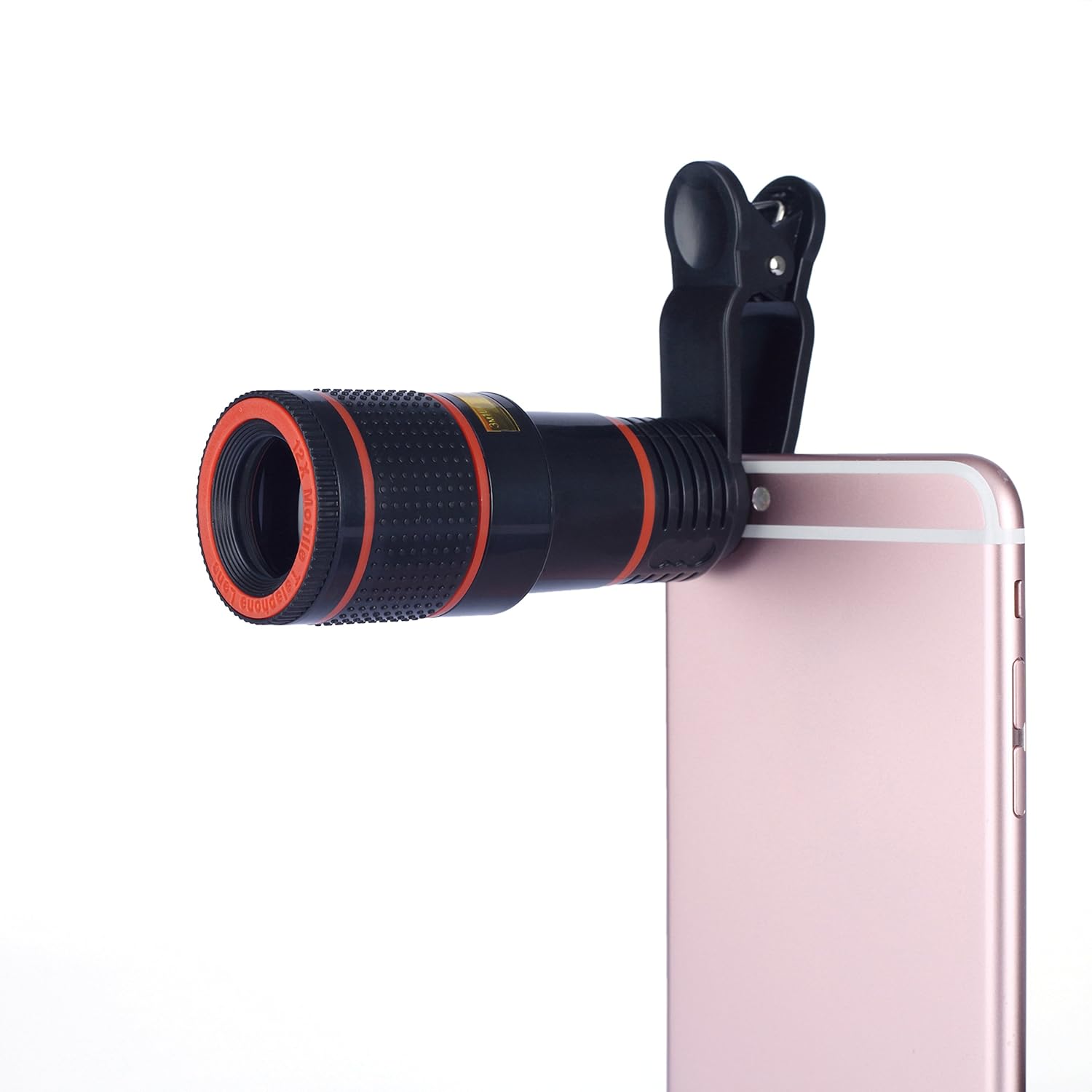What is this fuss?
As I was just starting with my camera I was naturally looking a bit around on the Internet. And there I found those awesome instructions. You know the kind of instructions from people who claim to know it all. It was obvious: a real photographer only shoots RAW. Obediently I made sure my camera did that too and started clicking. The first results were underwhelming, my shiny new camera made rather dull photos. Especially when I had the opportunity to compare my photos with those made by my sister, using a borrowed Canon EOS 450D. Hers were way better than mine! Little did I know that she shot JPG and I shot RAW. Nor did she by the way.
So the fuss is about the difference between RAW and JPG. Which both are image formats. The cool thing is, you can save both and you can view both. Both will show your photo. That should already make people wonder: "What is this all about? My photo is there, do I need to do anything?"
And as usual: the answer is not a simple yes or no, that would be too easy. So, we know that the answer is: it depends and that leads us to the question: "So, what does that depend on then?"
Let's first say that not every photographer will have that choice. Cell phones and point and click cameras tend to always use JPG.
DSLR's and the newer compact camera's usually offer a choice. One of these choices is usually "RAW + JPG", meaning the camera will save each photo twice. Once in RAW and once in JPG. That's convenient, we don't need to think we can take both. Ha, life is easy. Or not, as shooting in both formats means we will use more space on the memory card. If you're low on that, you surely do not want to do both. That leaves either JPG or RAW.
Let's see this RAW stuff!
For that we first would need to see what is the difference between them. They are both ways to save photos and they both show the image you shot. But if you would make the same photo twice, once in JPG and once in RAW, then you would see a big difference. Let's start with a RAW image.
 |
| RAW image, straight from camera |
This photo was made in a museum I visited. I thought that looked like a nice passage and found the big plates making a nice contrast to the wall. And then you do what all noobs do: you point your camera and click. The result is... well... not totally what I would have wanted.
As you can see the image feels flat, there seems to be almost no depth. The colors are bit dull. And, being a noob, I of course did not even have the camera straight, so it's at an odd angle. That latter part has nothing to do with the RAW format, just with not taking the time to make a proper photo.
Strangely enough, while this photo looks not that great, RAW actually has better "quality" than JPG. The main reason is the amount of brightness levels. To make a little detour, let's look at what a bit is. It's a "
BInary digi
T" and can be one of two values. These are usually represented by 0 or 1. Or you could call them
on and
off. And some call it
true or
false. If you would have 1 bit, you could have 2 levels of brightness. You would be able to have real B&W photos, with each pixel on the image being either
white or
black. No shades of gray, no color, just pure black and pure white. If you would have 2 bits, you would have 4 possibilities. Written in binary they would be: 00, 01, 10 and 11. And with three bits that would double again to 8. They would be: 000, 001, 010, 011, 100, 101, 110 and 111.
By now it's probably clear that using four bits would give 16 possibilities. I am too lazy to write them out, but it will go to 8 bits per channel (either red, green or blue) for JPG. Which means we can have 256 possible levels of brightness for each color.
RAW format uses 12 or 14 bits. And that gives us a whooping 4096 or 16384 possible levels of brightness! As we're busy with photography, we'll quickly leave all this binary stuff and just keep in mind that RAW can have more possible values and can therefore record more accurate information about the color. So, if your camera supports this you would always shoot in RAW. Right?
Wrong, as JPG has advantages too!
Show that JPG too then!
We know JPG has less detailed information, as it uses less bits. The direct advantage of that is: less usage of your memory card as the file simply is smaller. It's actually not only smaller because each pixel uses less bits, but JPG also compresses the file, saving even more space. JPG is so awesome at compression, that it would be much smaller than, for example a TIFF file. However, that awesomeness has a price, as JPG uses what is called a
lossy compression. When it compresses a file it actually is also looking for spots that have such minor differences that leaving that difference out is hardly visible. And that is then exactly what it does. It leaves the information out and there is no way of ever getting that back. That's considered a bad thing and every time you save an image in JPG, for example after editing, more information will be lost. So, please, do not go on editing, saving, editing more, saving. Edit once, save once.
 |
| How a JPG image could look |
Anyway, let's go back to the advantages of JPG. Here you can see almost the same photo as the one above. This one was edited from RAW, so probably not exactly how the JPG would look. No, rephrase that: certainly not what the JPG would look. Which can be noticed immediately: this image is straight and not at an angle! That was indeed the first thing I did in editing. I also cropped it, but those actions have nothing to do with RAW and JPG. You can do that in both formats.
What is clearly visible is that this image seems to have more depth, the colors are more vibrant and those plates contrast more with the wall.
Although I made these corrections manually, the camera will do that for you if you shoot JPG. It will add contrast, make it more vibrant and sharpen your photo. In short: your photo will look much better out of the camera.
By the way, if you like the top image better than you do this bottom image, than I probably did a very poor job on editing. But should you feel like that, let me know and please tell me why, so I might improve my editing skills. And I will hand out kudos to the person who can tell what I all did during my edit.
Oh, did I mention we are elitist enough to not call this editing? We call this
post processing. Or we say: "we can do that in post." So there you have a nice tip to at least sound professional. 😊
Okay, I got that. When to use what?
Let me start with a simple thing: if you're happy as it is right now, simply keep doing that. There are a few things you could consider.
If storage space becomes an issue, you're more or less forced to JPG.
If you do not feel like editing (sorry, post processing) your images, then also use JPG.
Should you want to send the images quickly on: use JPG. Or, if you want to show them quickly and later still work on them: use RAW + JPG.
If you want the most control over how your image will look, you would be better of shooting RAW. Just as you would use RAW to have the most information in the photo.
If we go back to the intro, where I said I had read all professionals shoot RAW, can we then say this is actually true? If you think so, you're wrong. Yes, professionals will usually use RAW. They tend to edit their photos anyway and shooting in RAW gives the best start for that. But now imagine that you're a photographer at the event of the year. For Americans I would say the Superbowl. For us mere Europeans we can take the finals of the World Championship Football (or for Americans: soccer).
You are there, and so are a hundred other photographers, all working for newspapers that need to print soon. With your photos. I hope you did bring your laptop to the stadium, so you can quickly edit the photo you just shot. Just as you are doing that, one of the teams scores. The decisive one! Yeah, you missed it, as you were editing.
Being a pro, you will certainly not let that happen. So you do not edit your photo, but send them over quickly. Shot in JPG. Goes also much faster over the wireless connection you and the other hundred photographers are sharing, as it is much smaller. And that would mean a score for you: your photo, page one on the newspaper.
Okay, for me unlikely but they say a girl can dream. And I add to that: a guy can dream too.




















